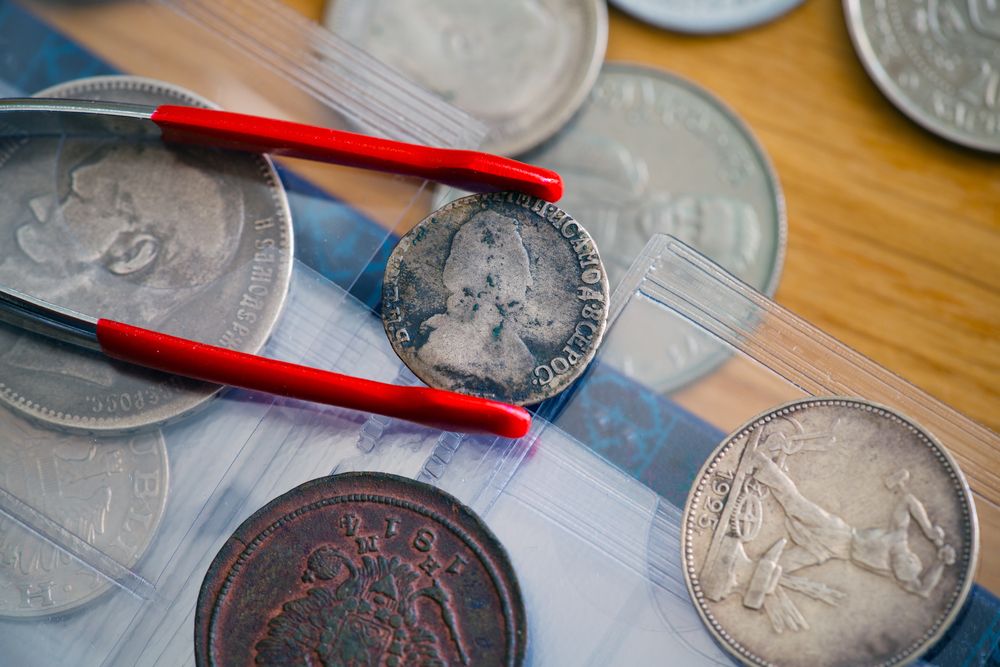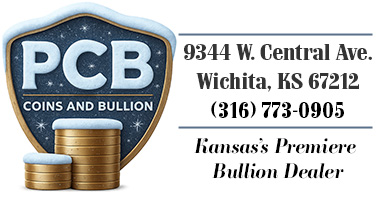What are the Key Dates for Lincoln Cents?

Everyone is familiar with the Lincoln cent. It was originally put into circulation in 1909, and it's still being used today. This copper coin has always been worth one penny, but it has undergone a number of design changes over the years.
For many people, collecting pennies is their first foray into the world of coin collecting. Because Lincoln pennies have been in circulation for over 100 years, it's relatively easy to come across pennies that are decades old simply by checking spare change. In fact, many people who work in jobs requiring them to deal with large amounts of change will spend their breaks looking through the pennies in their cash register to find rarer ones. Allowing children to look through piles of spare change around the house can be a good way to get them interested in coin collecting without making a large initial investment.
Of course, this means that one of the most common questions we get here at Phil's Coins from new coin collectors is what kind of pennies they should look for. While finding an extremely valuable penny is rare, it's not uncommon for people to come across some Lincoln pennies daily.
How To Identify Pennies
Before going into what to look for, however, it's important to know how to identify Lincoln cents. All pennies should have the year of their mint printed near the base of the face of the coin, next to the chest of the image of Lincoln. Under that date will sometimes be a letter. That letter will indicate the Mint that the coin was struck in. For example, pennies with the letter "D" were struck in the Denver Mint.
While all Lincoln cents will have an image of Lincoln on the front, the image on the back has changed over the years. For example, pennies with an image of two wheat stalks on the back were minted from 1909 to 1958 and are commonly referred to as wheat pennies.
There are also a number of mis-struck coins that are considered very valuable. These coins may have been struck by the printing plates more than once, creating a double image or coins that were reversed when the other side was printed, causing the coin's reverse side to appear backward or upside down. These mis-struck coins are relatively rare, and many mis-struck coins are immediately destroyed, making them even rarer. For this reason, any mis-struck penny should be brought into our shop for evaluation, even if it does not appear on this list.
Top Ten Most Valuable Lincoln Memorial Pennies
The values listed here are only estimates. Be aware that the value of coins can change daily, making it necessary to have these coins professionally evaluated. If you believe you have one of these pennies, please visit us at Phil’s Coins today.
- 1998-P Wide AM: $25
- 1995-D Doubled Die: $50
- 1970-S Small Date High 7: $60
- 1984-P Doubled Die Ear: $250
- 1960-D Small D Over Large D: $200-$500
- 1983-P Doubled Die Reverse: $400
- 1992-D Close AM: $500
- 1999-P Wide AM: $540
- 1972-P Doubled Die Obverse: $700
- 1971-P Doubled Die Obverse: $1,000
Years to Look For
- 1909 - The first year the Lincoln penny was produced has always been popular for coin collectors.
- 1909 S - Only the second year that a mint other the Philadelphia produced a cent coin (there are several varieties of this coin)
- All pennies produced from 1909 through 1915 that have a S mint mark below the date.
- 1914-D - This penny has one of the lowest mintage rate across all pennies from all mints in the history of the coin's production. They are considered to be extremely rare.
- 1931-S - The start of the Great Depression meant that historically low levels of pennies were produced, especially at the San Francisco Mint.
- 1922 - Dies that were very worn out were used this year at the Denver Mint, causing many pennies to have a very faint "D."

